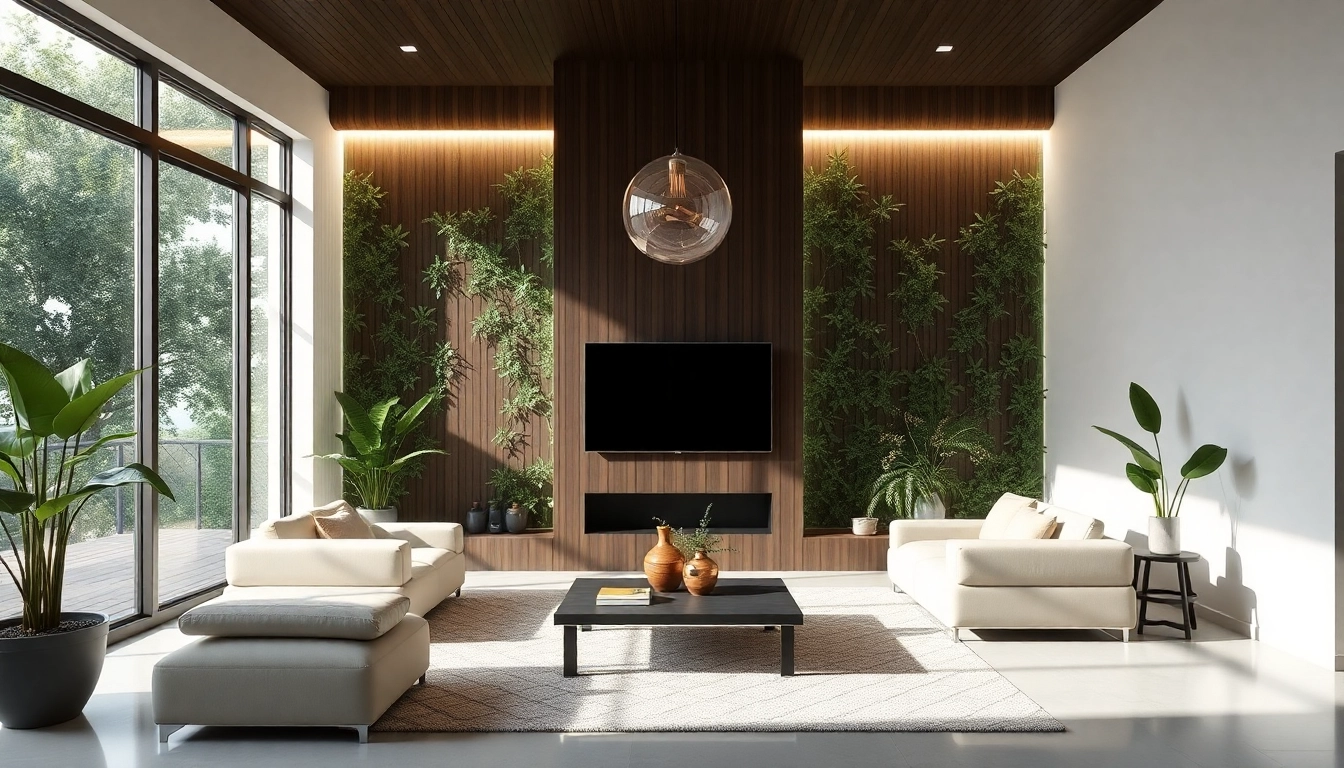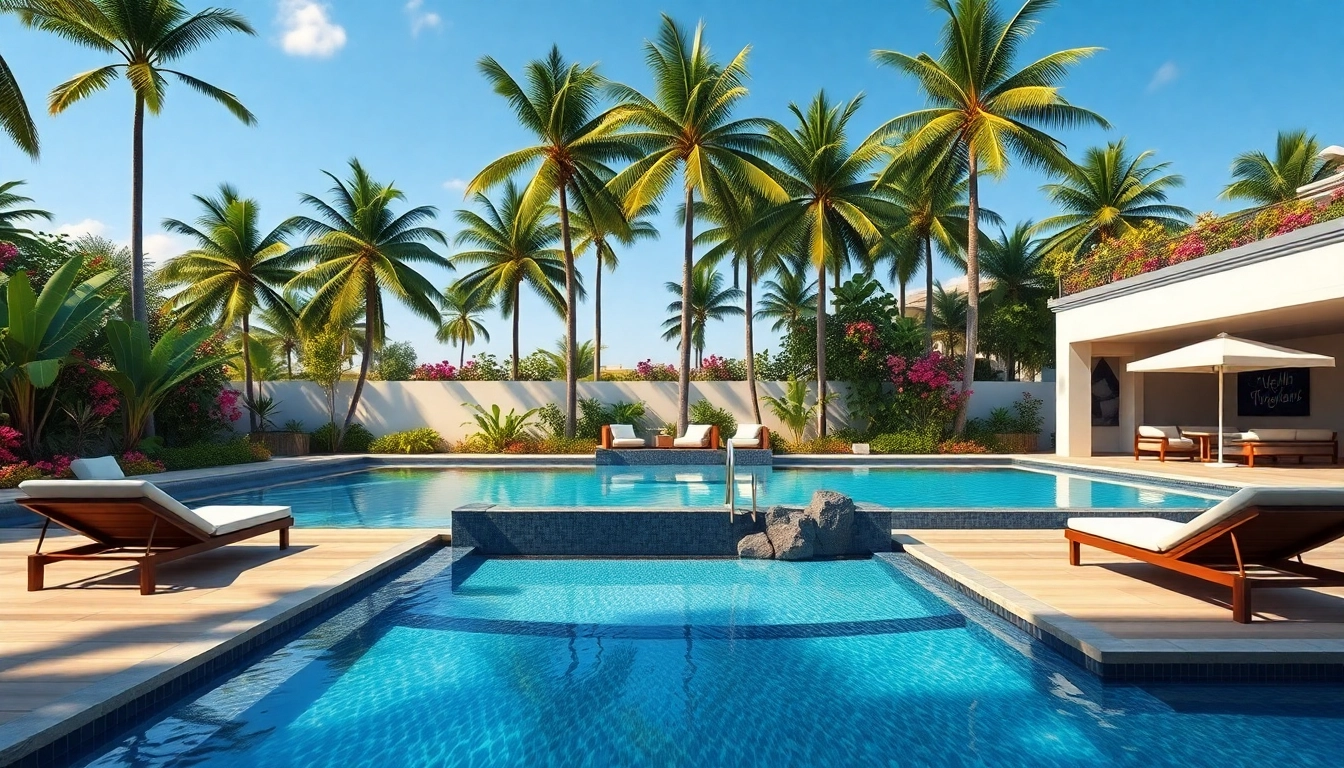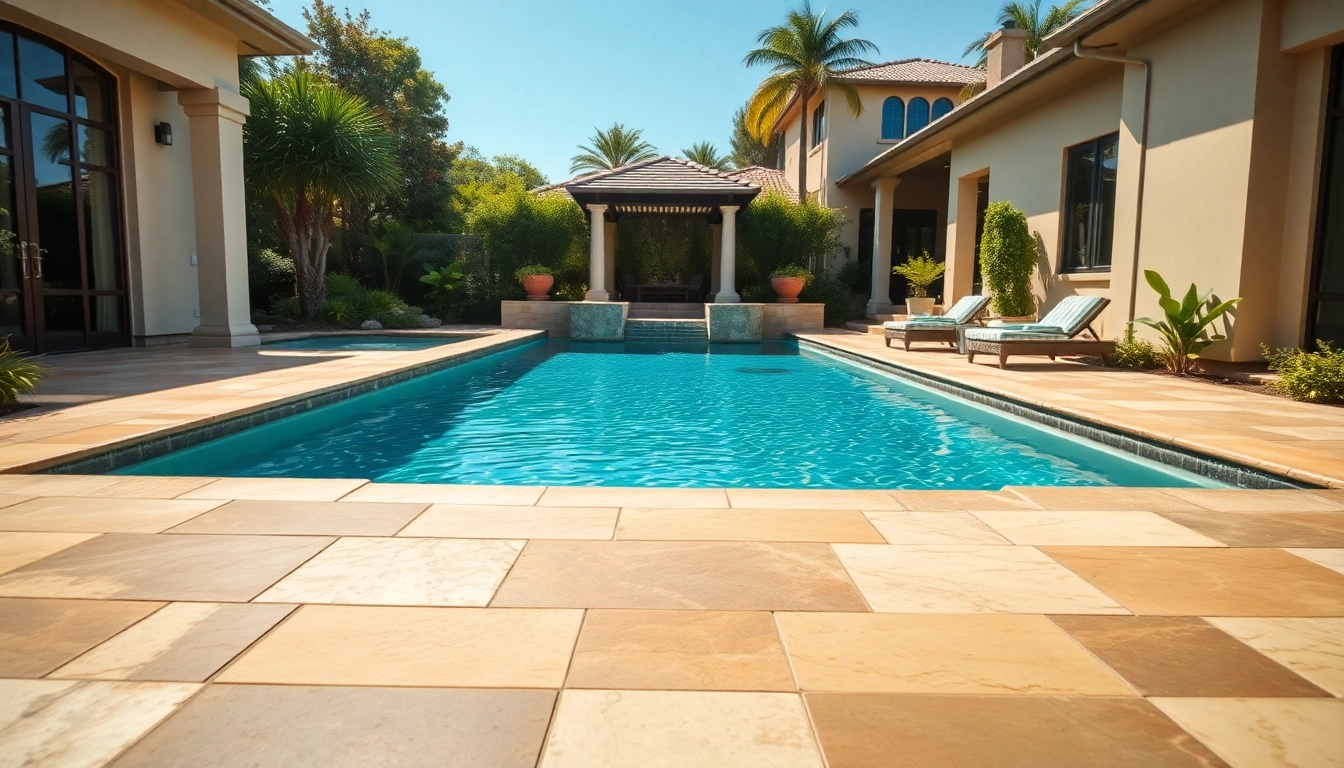Introduction to Water Vapor Fireplaces
In the realm of modern home decor, the water vapor fireplace emerges as an innovative alternative to traditional heating methods. With advancements in technology and changing consumer preferences, these electric fireplaces are gaining popularity due to their unique blend of aesthetics and functionality. This article delves into the myriad facets of water vapor fireplaces, examining their workings, benefits, safety features, and how they stack up against their more conventional counterparts.
What is a Water Vapor Fireplace?
A water vapor fireplace, sometimes referred to as an electric or ultrasonic fireplace, is a decorative heating appliance that utilizes vaporization to create an illusion of flame. Unlike traditional wood-burning or gas fireplaces that rely on combustion, water vapor fireplaces operate without real flames. Instead, they employ ultrasonic technology to generate fine water mist, which is illuminated by LED lighting. The result is a mesmerizing flame-like illusion that enhances the ambience of any space.
How Does It Work?
Water vapor fireplaces utilize a sophisticated mechanism to replicate the look of flickering flames. The key components include:
- Ultrasonic Transducer: This device generates high-frequency vibrations that turn water into a fine mist.
- LED Lights: Once the mist is created, LED lights shine through it, creating beautiful reflections and mimicking the look of realistic flames.
- Water Reservoir: The fireplace typically includes a tank that holds water, which must be refilled periodically depending on usage.
This combination results in a safe, ambient flame effect without the heat or emissions associated with traditional fireplaces.
Benefits of Using Water Vapor Fireplaces
Water vapor fireplaces offer several advantages that cater to contemporary homeowners:
- Safety: With no real flames, these units pose minimal risk of burns, making them safe for children and pets.
- Energy Efficiency: They primarily consume electricity to operate the ultrasonic components, and many models are designed to be energy-efficient.
- Low Emissions: As they do not burn fuel, water vapor fireplaces emit no harmful pollutants, contributing positively to indoor air quality.
- Aesthetic Versatility: Available in a wide range of designs, they can complement various home decor styles, from modern to traditional.
- Year-Round Use: Since they do not produce heat, water vapor fireplaces can be enjoyed throughout all seasons without increasing indoor temperatures.
Safety Features of Water Vapor Fireplaces
Home safety is a paramount concern, and water vapor fireplaces are engineered with safety features designed to protect users and their properties.
Child and Pet Safety Considerations
One of the most significant advantages of water vapor fireplaces is their safety for children and pets. Since there are no actual flames or high-temperature surfaces, the risk of burns or fire hazards is substantially reduced. Additionally, many models come equipped with features such as:
- Automatic Shutoff: If the water reservoir becomes empty or if the unit is tipped over, the fireplace will automatically turn off.
- Cool-to-Touch Surfaces: The outer surfaces of these fireplaces remain at a safe temperature, eliminating burns from contact.
Energy Efficiency and Environmental Impact
Given the growing concern for energy consumption and environmental sustainability, water vapor fireplaces stand out as eco-friendly options. Their energy-efficient designs ensure that they consume less electricity compared to traditional heating appliances. Moreover, their greenhouse gas emissions are virtually non-existent. This aligns with eco-conscious consumers’ desires for sustainable living solutions.
Maintaining Indoor Air Quality
Water vapor fireplaces can enhance indoor air quality by humidifying the air without introducing particulates or pollutants. Unlike combustion-based fireplaces, which release smoke and other harmful substances, water vapor units contribute to a healthier home environment by adding moisture to the air, which can be particularly beneficial in dry climates or during winter months. By using distilled or filtered water, users can reduce mineral buildup and ensure cleaner vapor output.
Comparing Water Vapor Fireplaces to Traditional Fireplaces
To fully appreciate the benefits of water vapor fireplaces, it’s essential to compare them to traditional fireplaces, which have been the standard for generations.
Heat Output Differences
One of the most apparent differences between water vapor fireplaces and traditional models is the output of heat. While gas and wood-burning fireplaces are designed to produce significant amounts of heat, water vapor fireplaces primarily serve an aesthetic purpose with minimal heat output. They are ideal for creating ambience in a space without raising the temperature, thus proving suitable for warm climates or during the summer months.
Installation Process and Design Options
Installation of water vapor fireplaces is typically more straightforward than traditional models. Many units are designed to be plug-and-play, allowing for placement in virtually any room without the need for venting or complex installations. In contrast, traditional fireplaces often require extensive construction, including chimney installation and flue setup. Water vapor options come in a vast array of designs, from wall-mounted to freestanding, providing numerous choices that can fit any interior design style.
Cost-Efficiency Analysis
When evaluating the cost-efficiency of water vapor fireplaces versus traditional options, one must consider both initial and ongoing costs. Water vapor units tend to be more affordable upfront due to lower material and installation costs associated with construction. Moreover, the energy savings from electric operation compared to gas or wood fuels can lead to reduced overall expenses over time.
Common Misconceptions about Water Vapor Fireplaces
Despite their rising popularity, there are several misconceptions surrounding water vapor fireplaces that may deter potential buyers.
Aesthetic Value versus Functionality
Many people mistakenly believe that because water vapor fireplaces do not produce significant heat, they serve no practical purpose. However, their visual appeal is noteworthy, providing the aesthetic warmth associated with real flames without the risks or downsides. They are perfect for those seeking to enhance their home’s atmosphere while enjoying a contemporary, stylish look.
Maintenance Needs Explained
Some buyers have concerns about the maintenance involved with water vapor fireplaces—particularly regarding the water tank and ultrasonic components. While they do require regular water refills and occasional cleaning to prevent mineral buildup, these tasks are generally low-effort compared to the maintenance needed for traditional fireplaces, which require cleaning of chimney soot and ash removal.
Humidity Levels and Home Environment
There is a belief that water vapor fireplaces will significantly increase humidity levels in a home, potentially leading to moisture-related issues. While it is true that they can add humidity when running, the amount is relatively minor and often beneficial, mitigating the dryness of indoor air, especially in cooler months. Homeowners are encouraged to monitor humidity levels if they have existing concerns but should not be deterred by the use of water vapor fireplaces.
Choosing the Right Water Vapor Fireplace for Your Home
Selecting the ideal water vapor fireplace for your space involves several considerations to ensure you make the best choice for your needs and environment.
Key Features to Look For
When shopping for a water vapor fireplace, consider the following features:
- Size and Design: Ensure the unit fits your space without overwhelming or underwhelming the overall decor.
- Water Capacity: A larger tank may require less frequent refilling, which is convenient for households with higher usage.
- LED Lighting Options: Some fireplaces offer customizable lighting features to enhance the aesthetic appeal.
- Control Options: Look for units that include remote controls or smart technology integration for convenience.
Top Brands and Models Reviewed
Several brands dominate the water vapor fireplace market, noted for their quality and performance:
- Aquafire: Known for their premium models that combine advanced technologies with elegant design.
- Dimplex: A leader in electric fireplace technologies, offering innovative designs under their Opti-Myst line.
- Modern Blaze: This brand emphasizes style and function, providing a range of models suitable for various home aesthetics.
Researching consumer reviews and expert ratings can also provide insights into which model best suits your needs.
Recommendations for Different Spaces
Your choice of water vapor fireplace should also depend on the space it will occupy:
- Living Rooms: Large, visually striking models can serve as focal points in the decor.
- Bedrooms: Compact, wall-mounted options may offer the ambiance without taking up valuable floor space.
- Offices: Versatile models that complement your office decor while providing calming effects during work hours.
Conclusion
Water vapor fireplaces represent a growing trend in home ambiance, blending modern technology with aesthetic appeal. Their safety features, energy efficiency, and low maintenance requirements make them an attractive choice for homeowners looking to enhance their living spaces. Whether you’re seeking a statement piece for your living room or a subtle addition to a bedroom, understanding the benefits and options available will guide you in your purchase. As technology continues to evolve, water vapor fireplaces will remain a compelling choice, adapting to meet the changes in consumer desires and environmental considerations.



